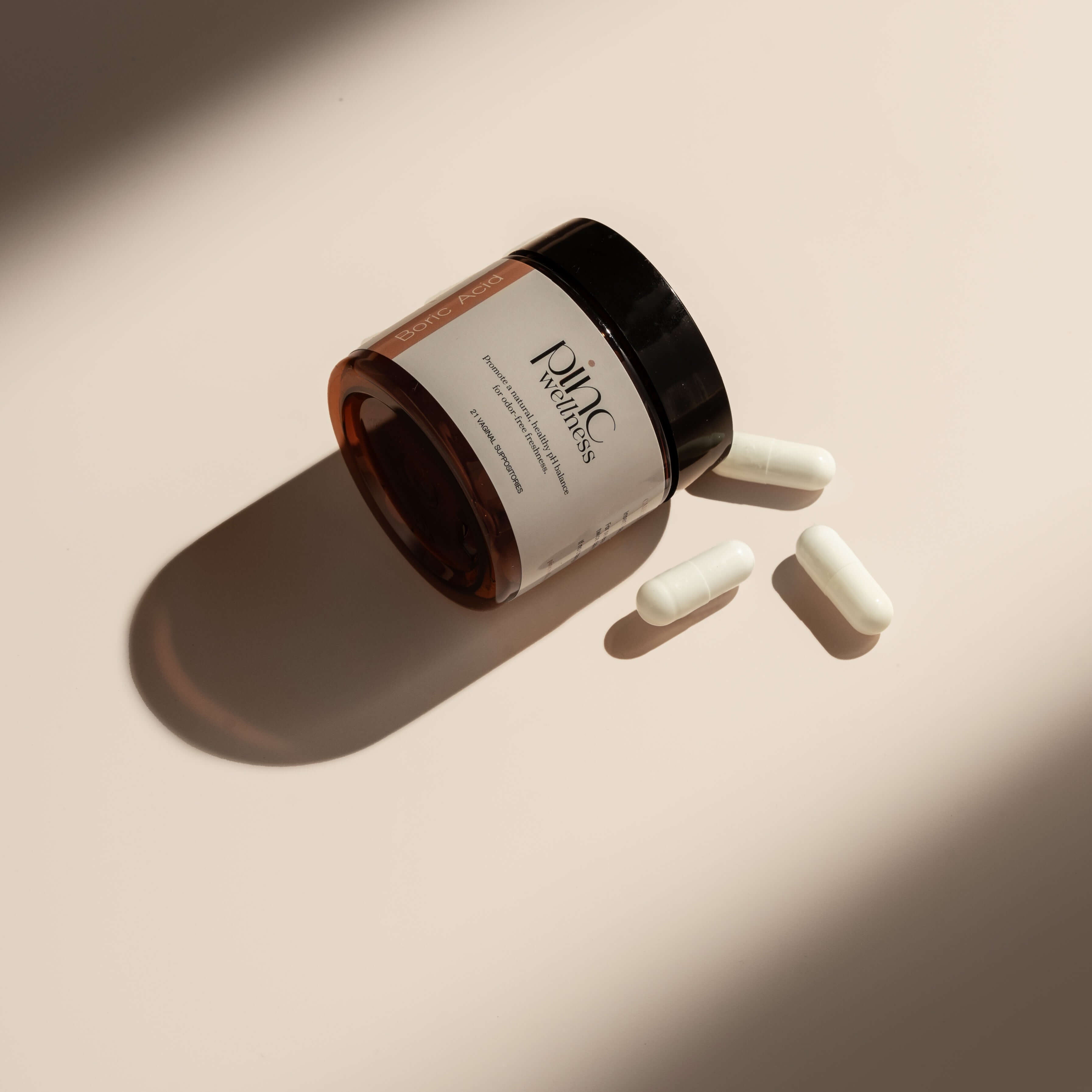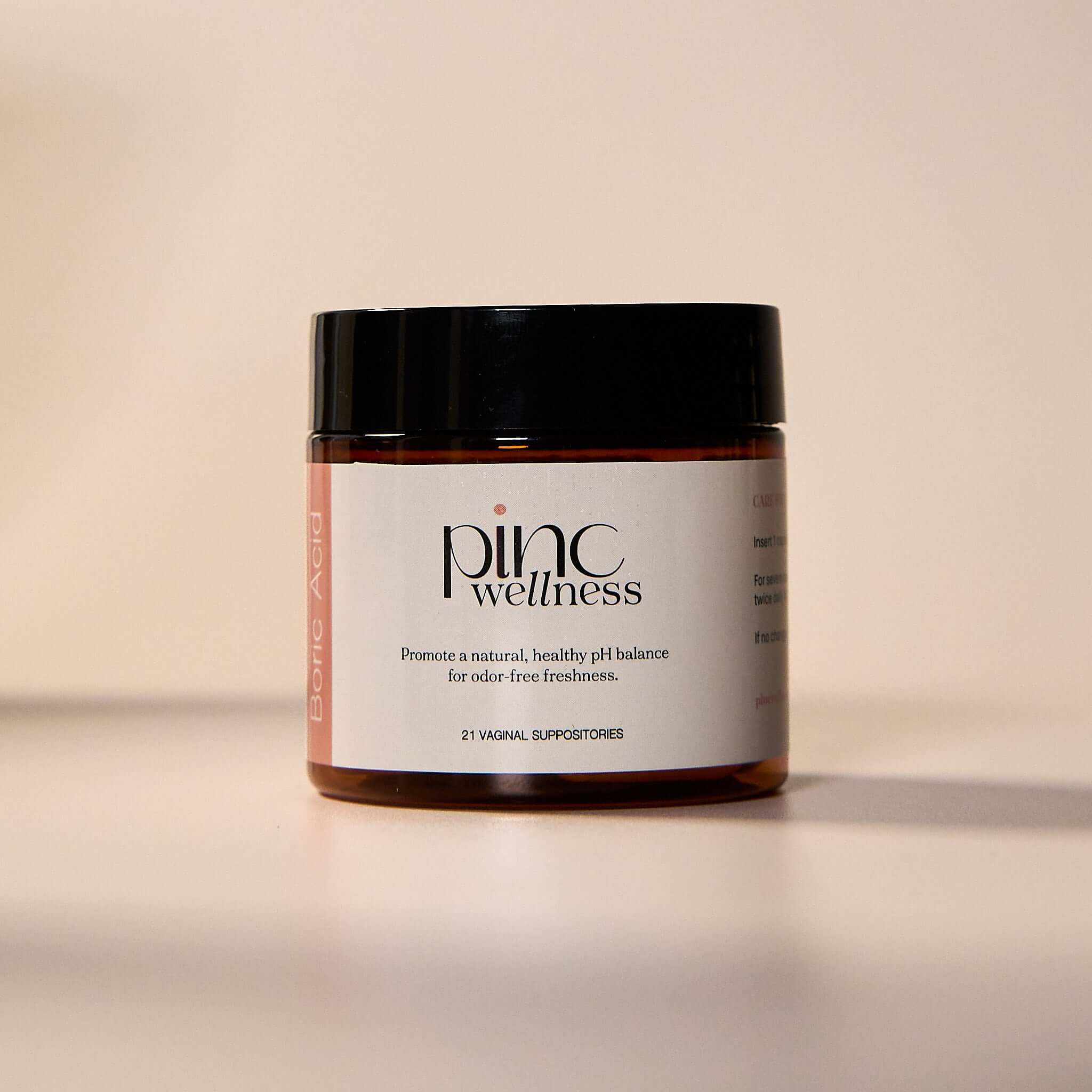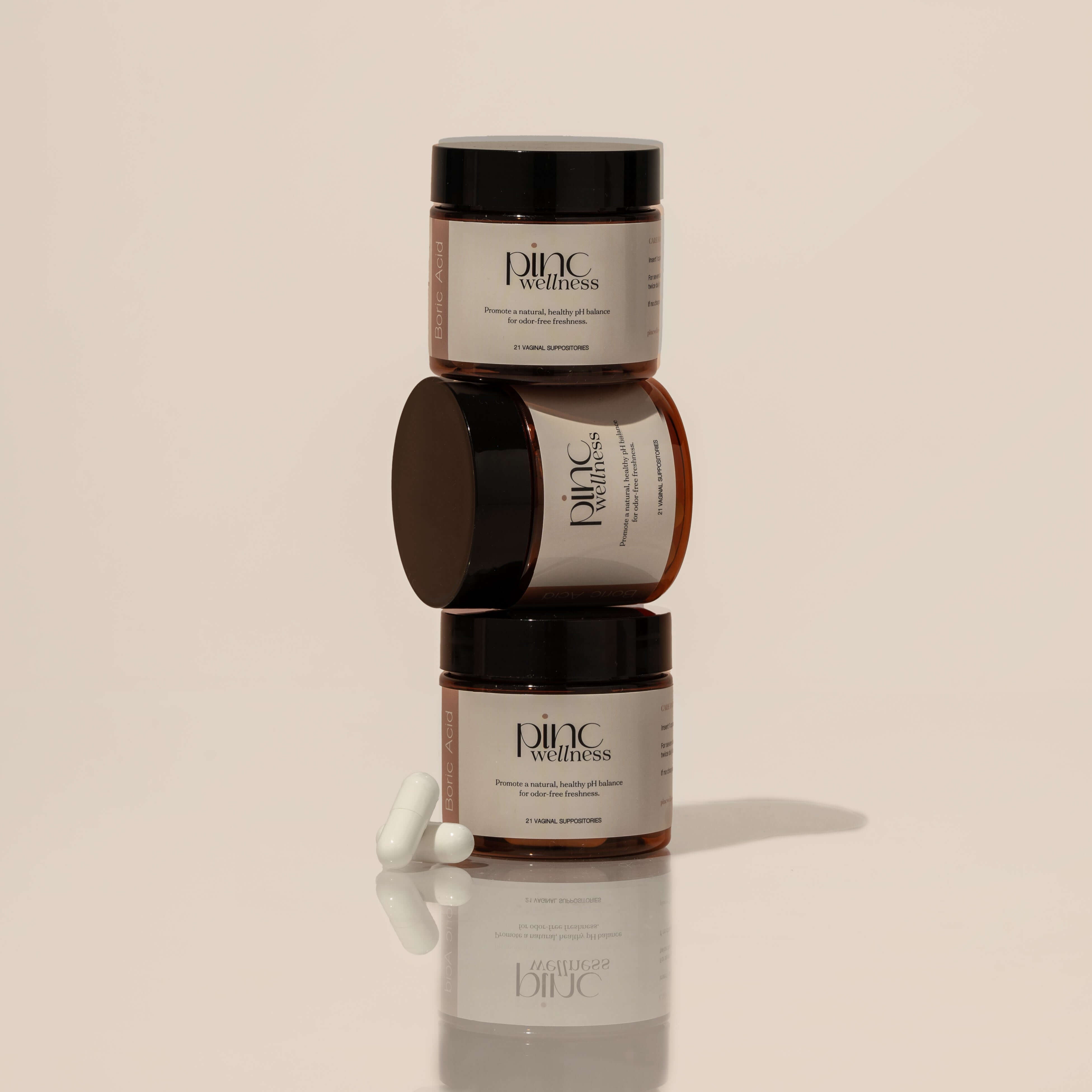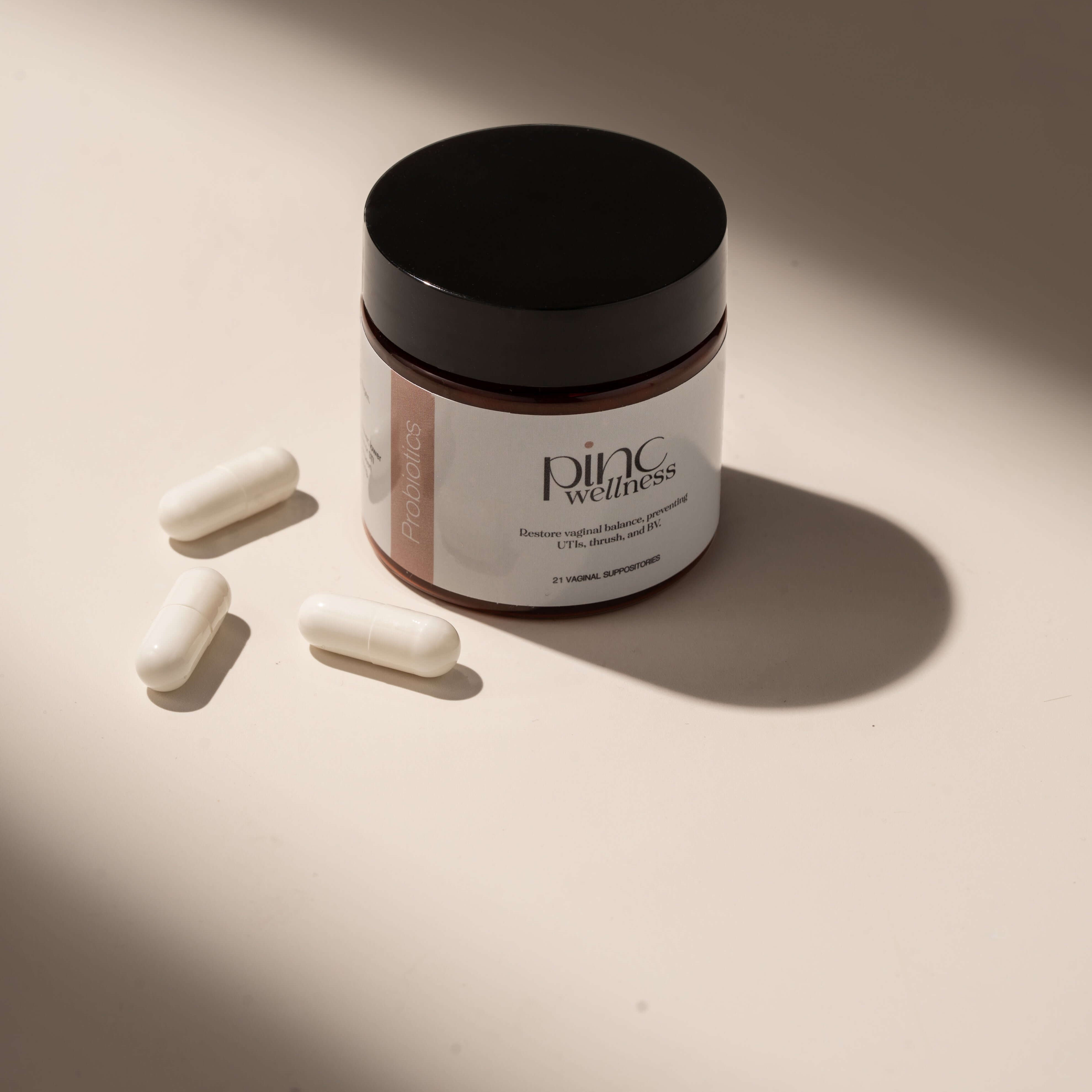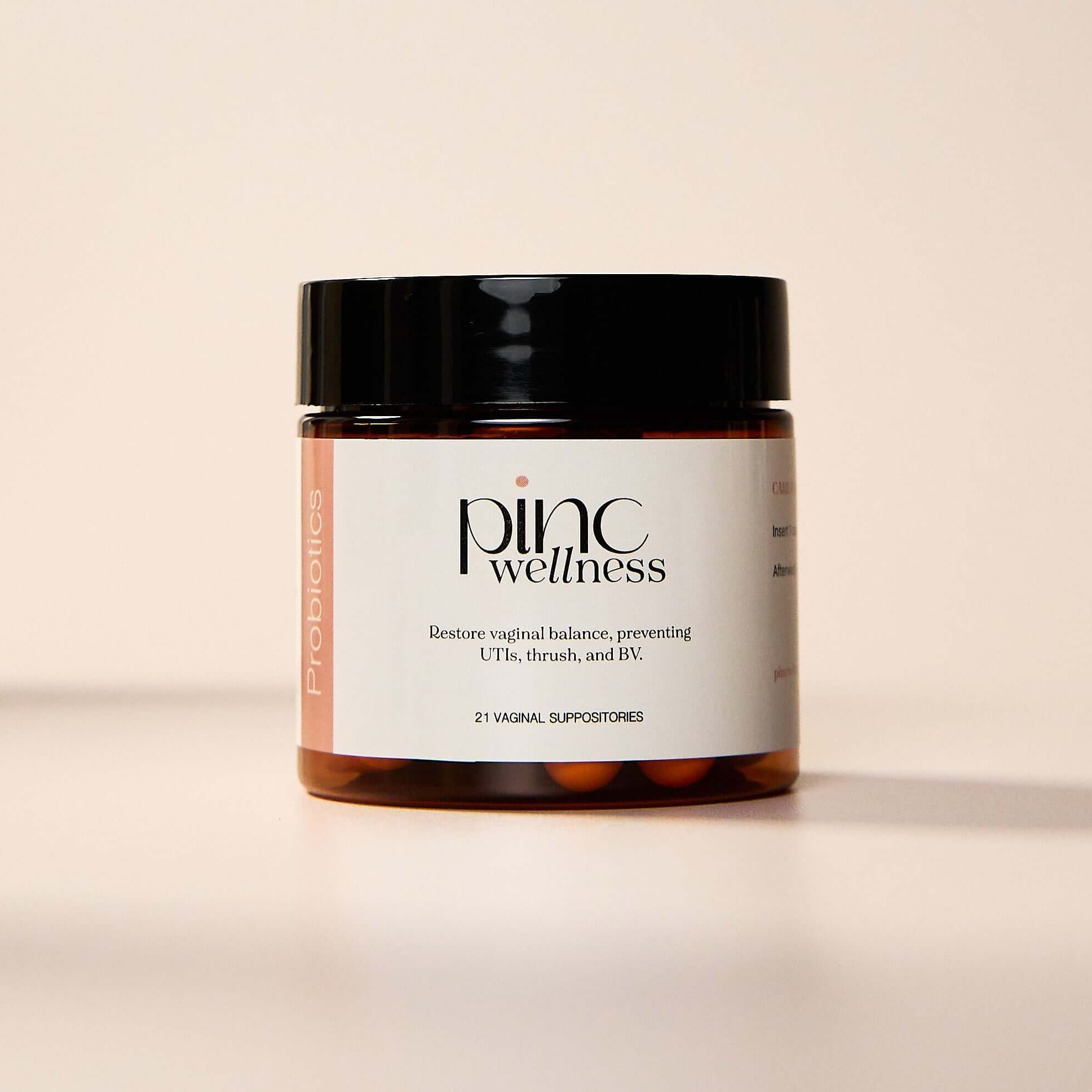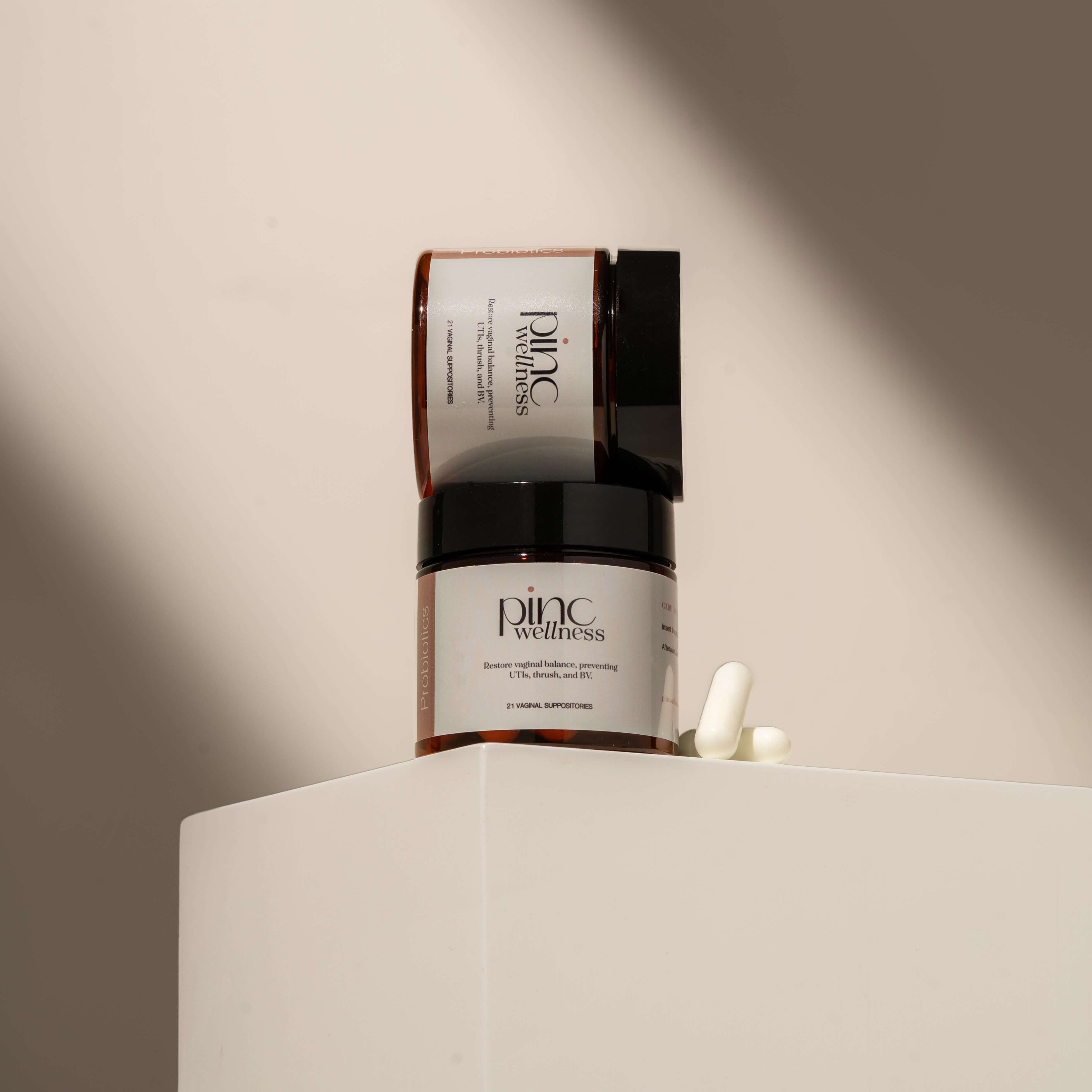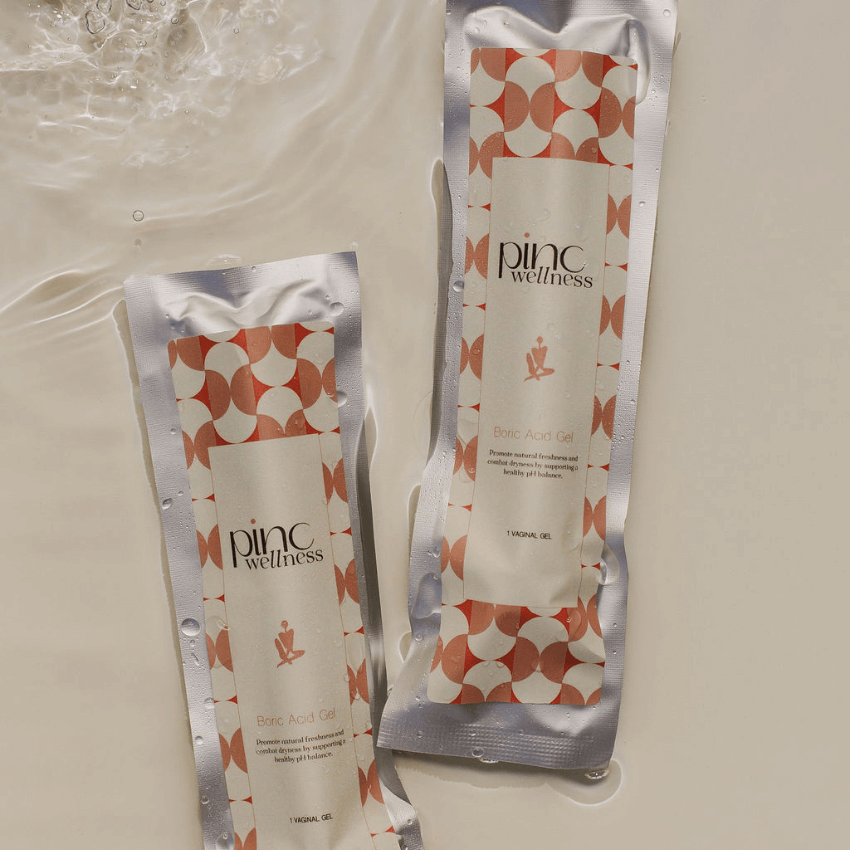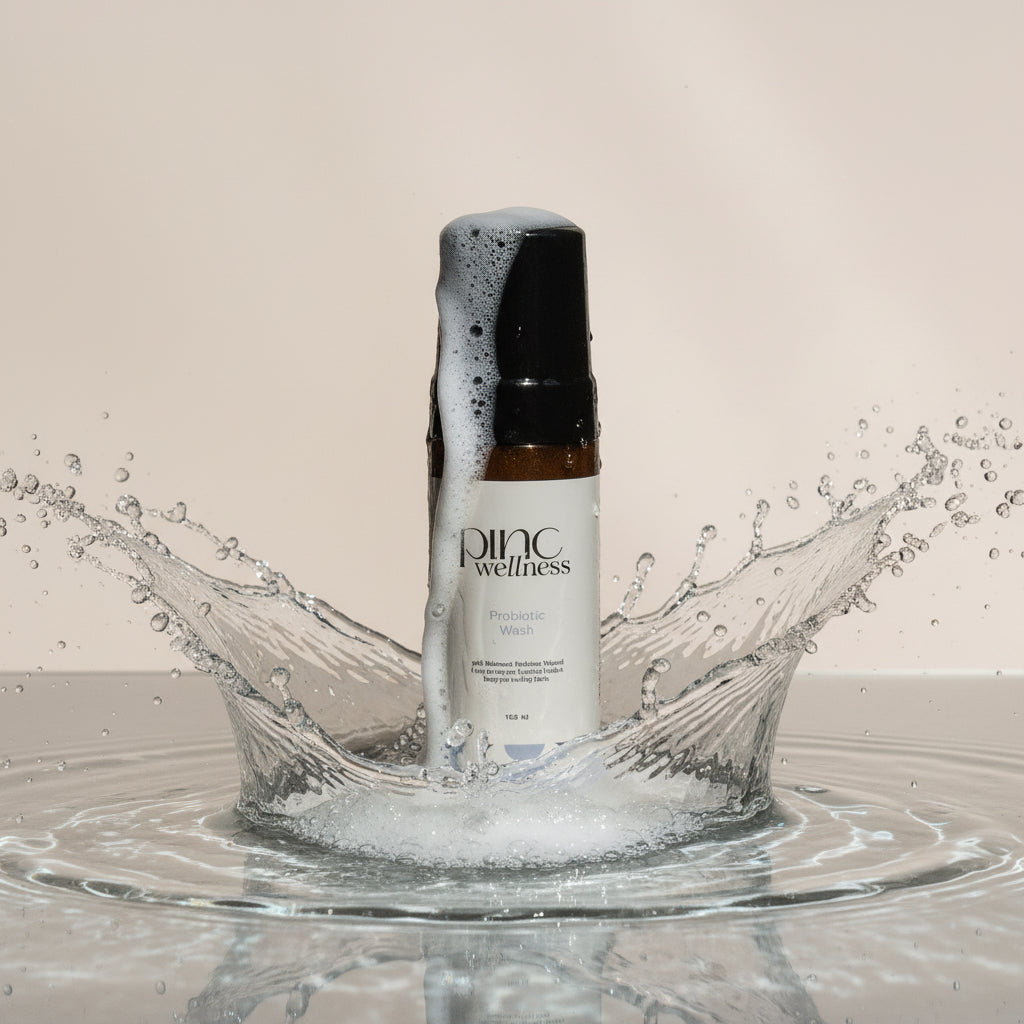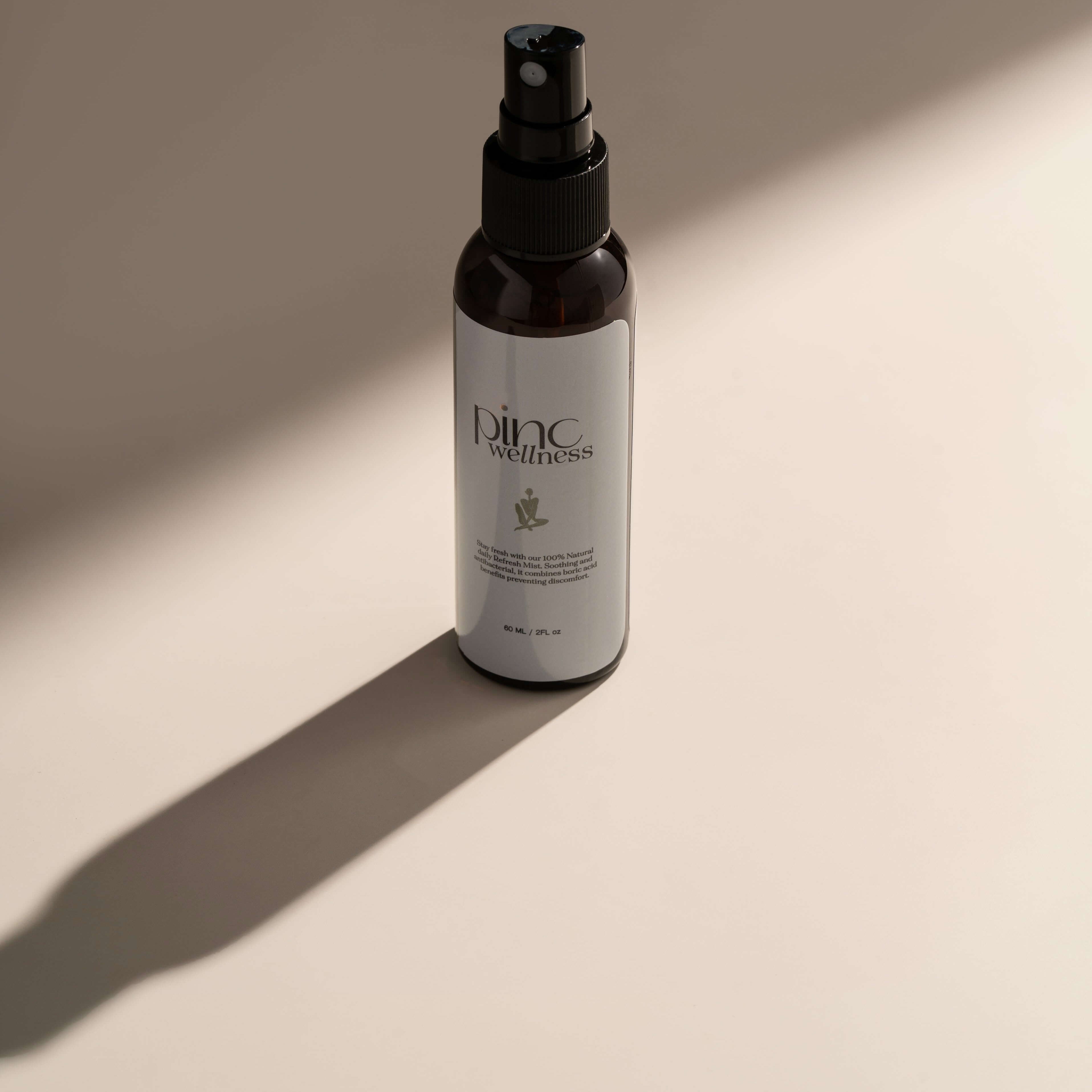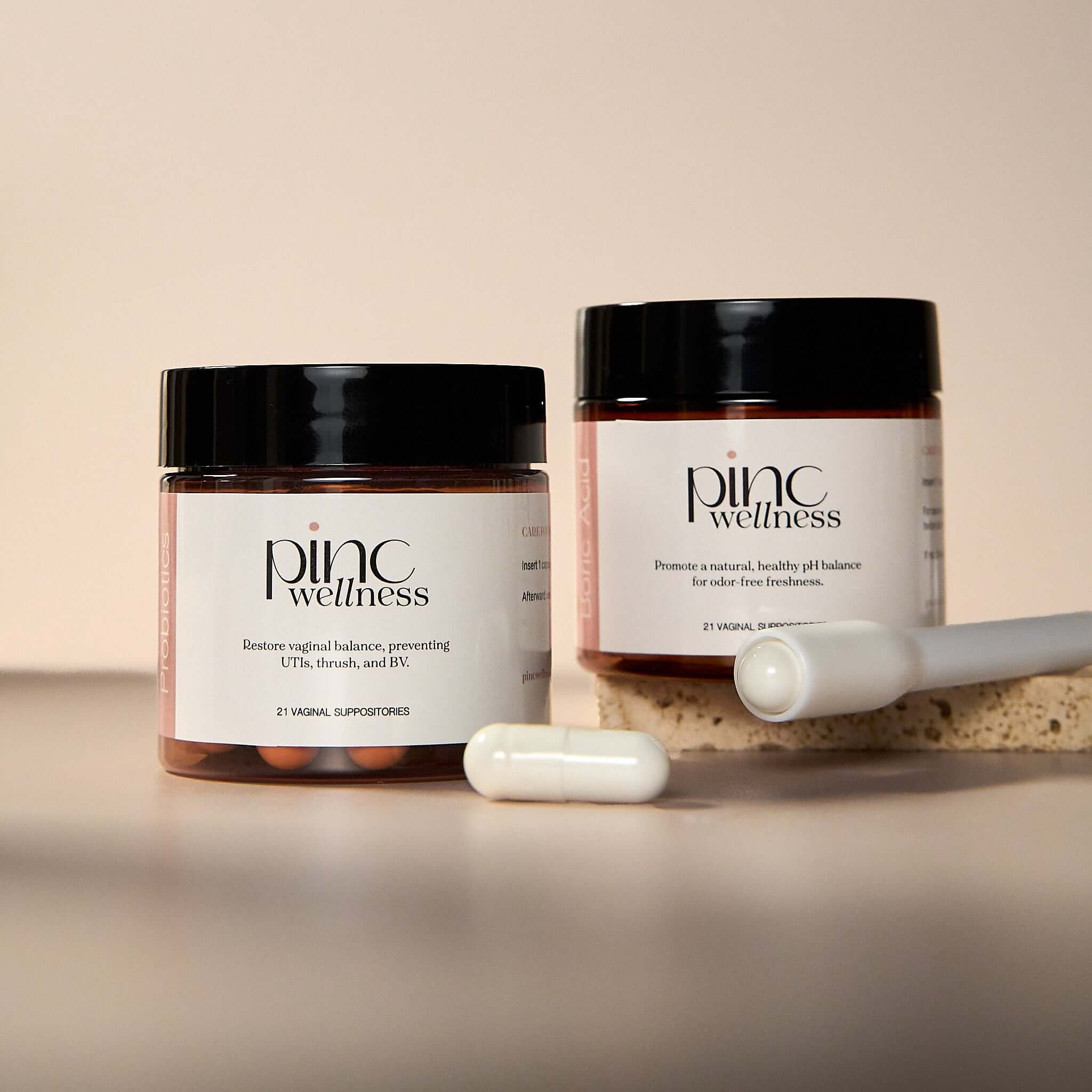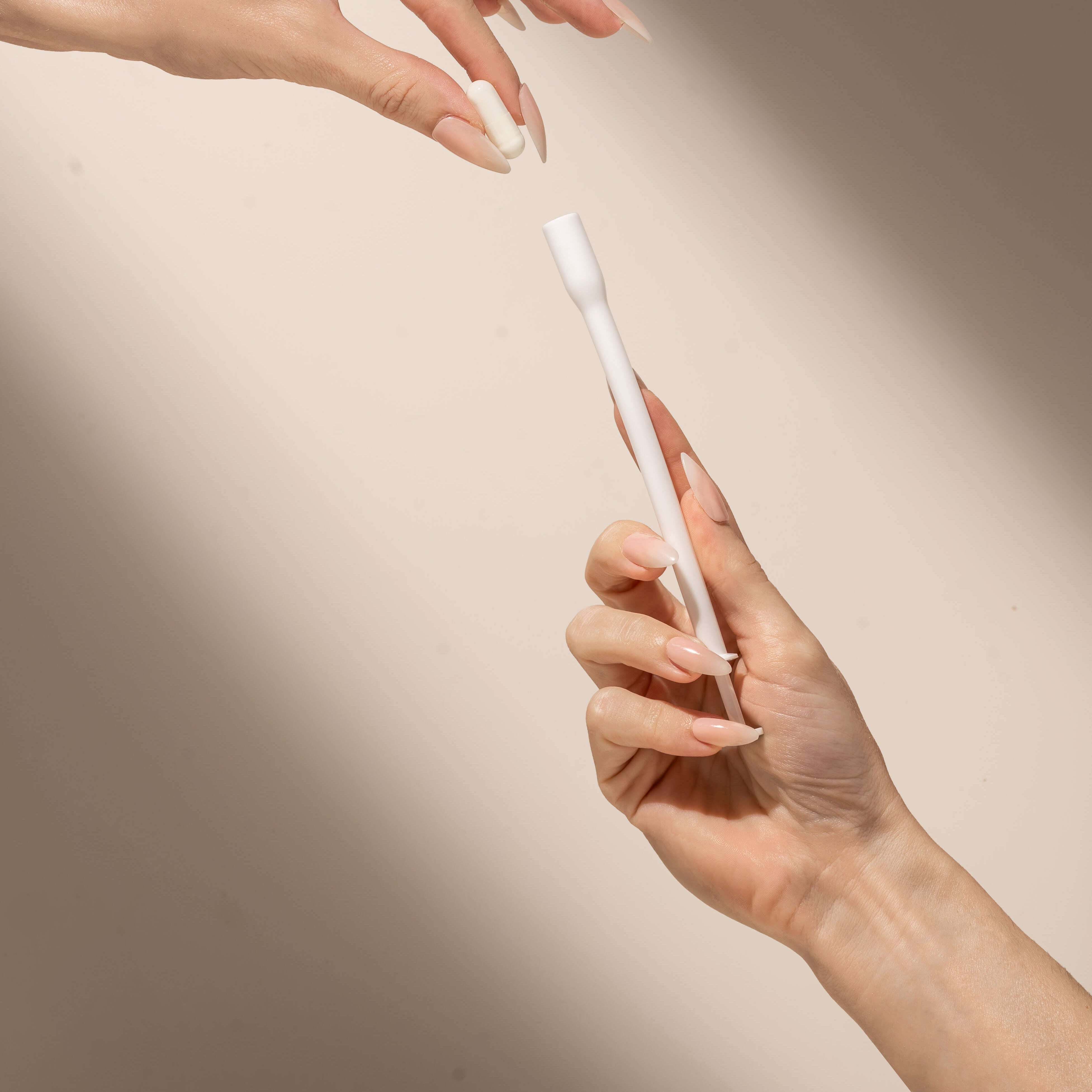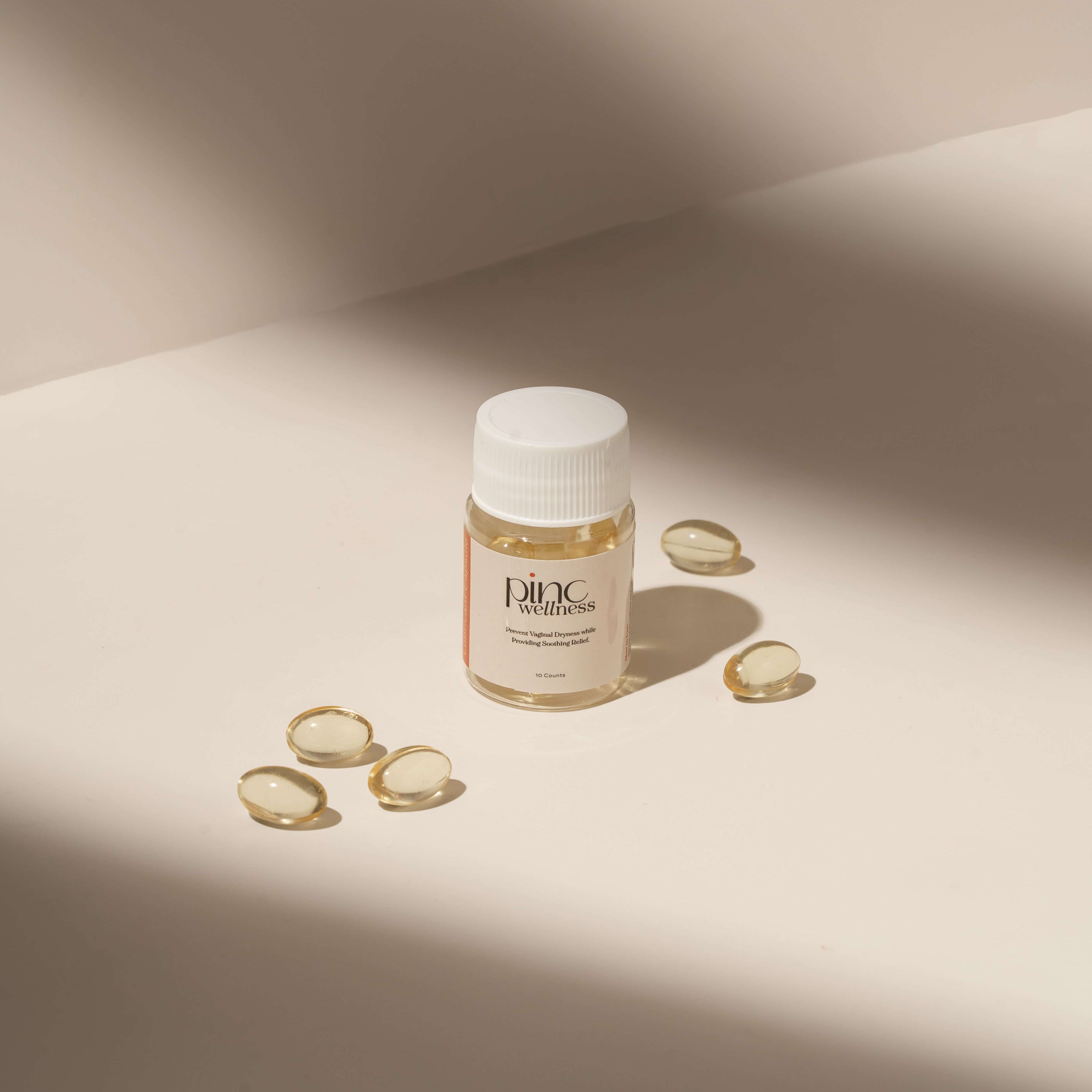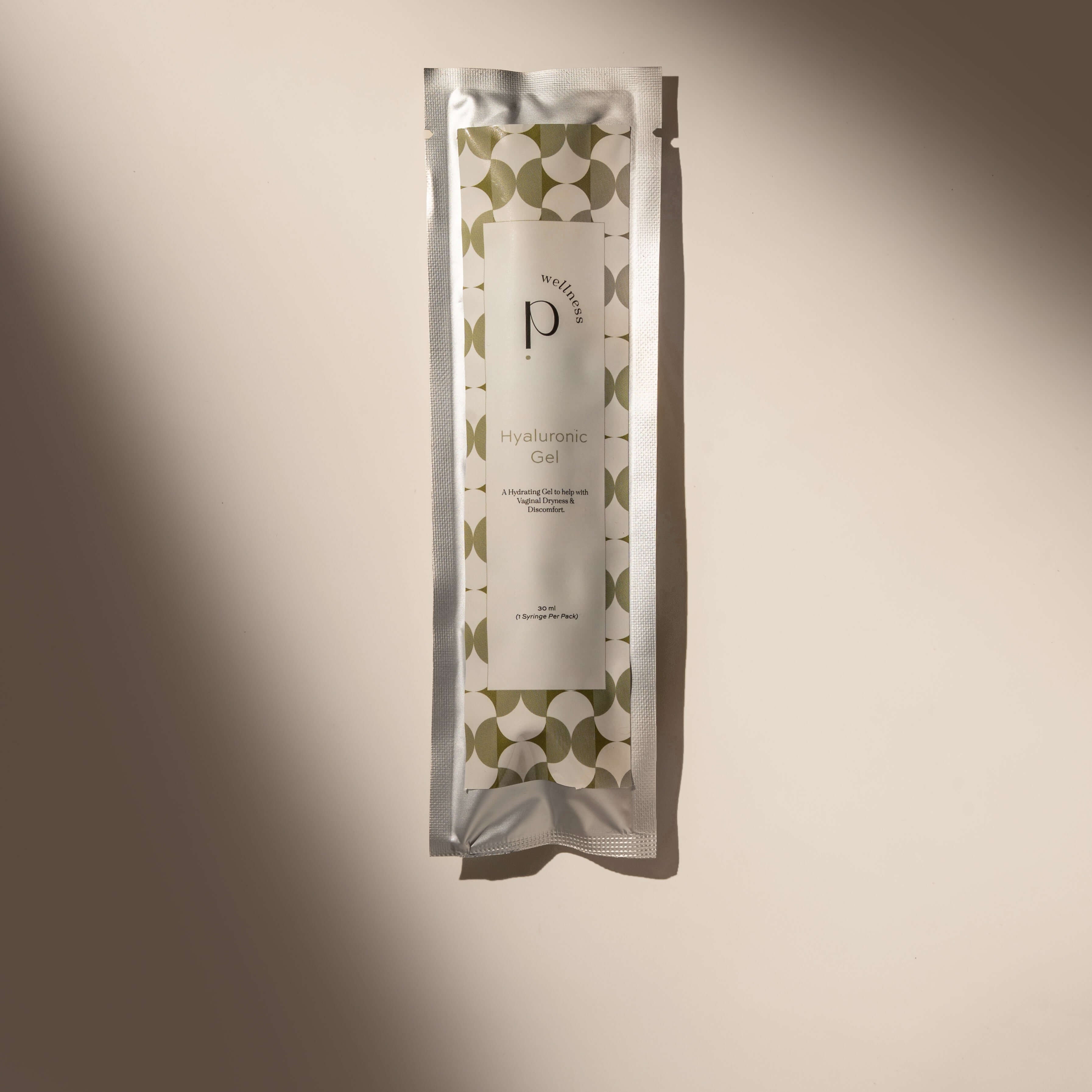What’s the Difference Between Thrush and a UTI?
If you’re feeling discomfort “down there,” it can be hard to tell what exactly is going on. Two of the most common culprits—vaginal thrush and urinary tract infections (UTIs)—can sometimes feel similar, but they’re actually very different conditions with different causes, symptoms, and treatments.
Thrush (Vaginal Yeast Infection)
Thrush is caused by an overgrowth of Candida, a type of yeast that naturally lives in the vagina. It usually happens when your vaginal microbiome is disrupted by things like antibiotics, stress, hormones, or tight clothing.
Common thrush symptoms include:
-
Intense itching or burning
-
Thick, white discharge (often compared to cottage cheese)
-
Redness or swelling around the vulva
-
Discomfort during sex
Thrush doesn’t typically affect urination unless the irritation spreads externally.
UTI (Urinary Tract Infection)
UTIs are usually caused by E. coli bacteria entering the urethra and travelling into the bladder. They’re more common after sex, if you hold in urine, or if bacteria spread from the rectal area.
Common UTI symptoms include:
-
A burning sensation when peeing
-
Frequent or urgent need to urinate
-
Cloudy or strong-smelling urine
-
Pelvic pressure or lower abdominal pain
UTIs don’t usually cause discharge or itching, which are more typical of thrush.
Still Unsure?
It’s totally okay not to know! Many people confuse the two—especially if symptoms overlap. If you're not sure what you’re dealing with, talk to a healthcare provider or try a pH-friendly, microbiome-safe routine that supports both urinary and vaginal health.

